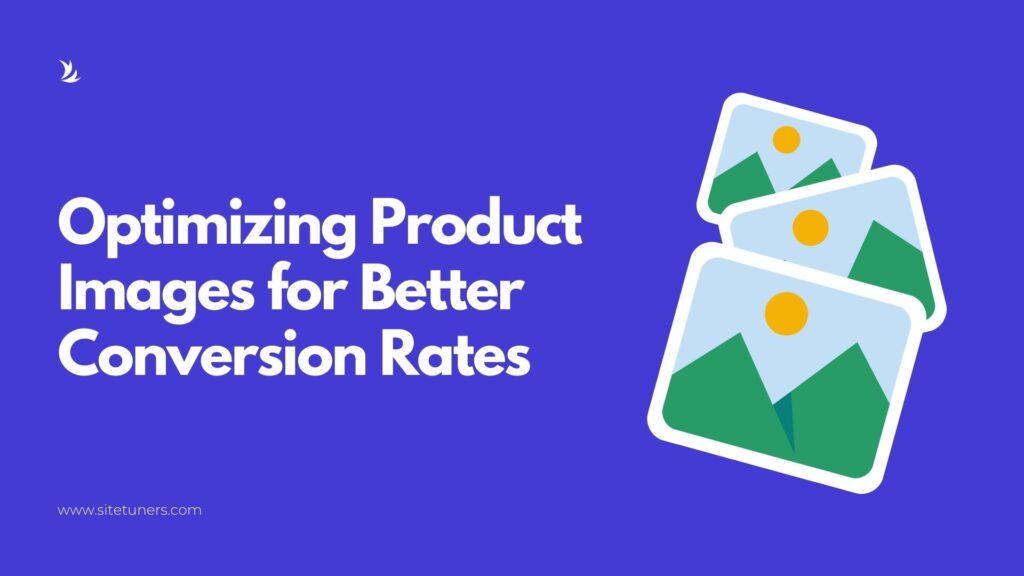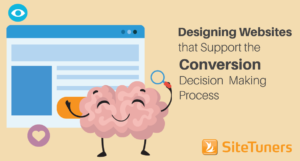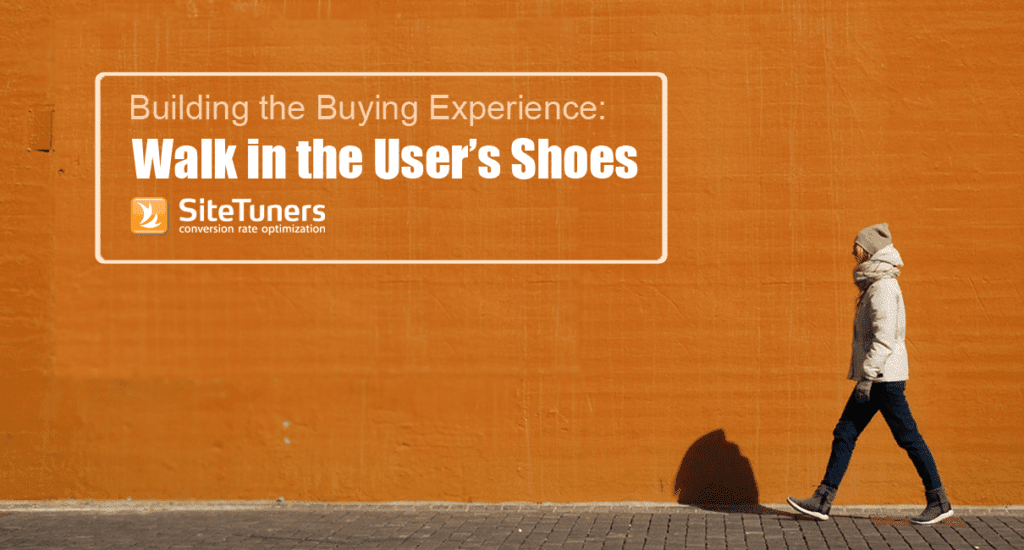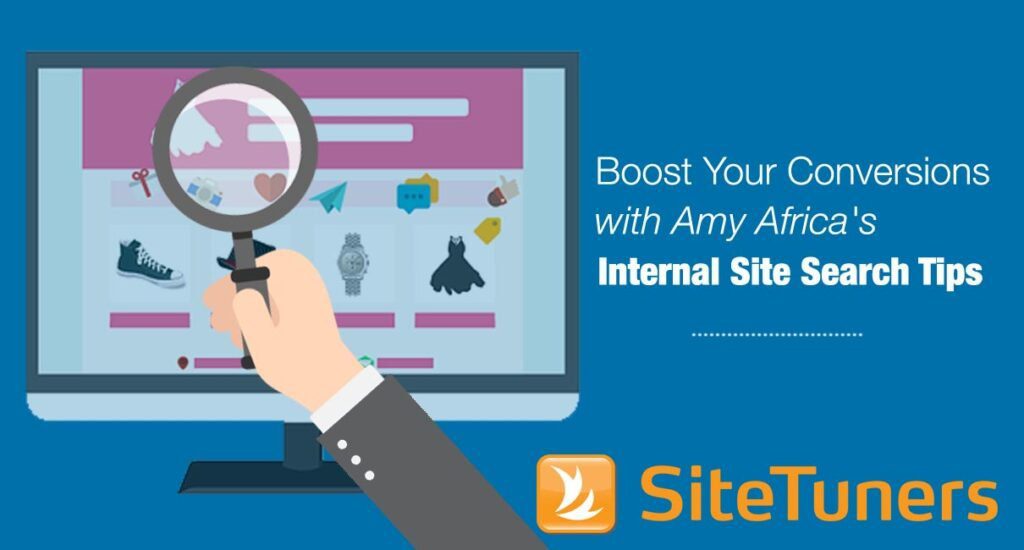Summary: It’s not just about fixing flaws; it’s about amplifying strengths. Discover the essence of e-commerce design, success stories, best practices, and performance-boosting tips.
The Importance of Website Design in E-commerce
Not only does website design impact a store’s credibility, but it also shapes the first impression that potential customers form in a fraction of a second. Website design plays a crucial role in influencing consumer behavior and shaping the success of online stores. A visually appealing, easy-to-navigate, and trustworthy website can lead to:
- Higher customer engagement
- Increased sales
- Improved brand perception
Additionally, a great e-commerce website design directly impacts the success of online sales and marketing within the competitive e-commerce landscape by:
- Communicating the brand’s identity
- Showcasing products in an engaging manner
- Guiding users through the purchasing and checkout process seamlessly
- Creating a positive and memorable experience for visitors
- Converting visitors into paying customers
Another critical aspect is integrating website design with social media marketing, digital campaigns, and search engine optimization (SEO). By aligning these elements, e-commerce businesses can enhance their online visibility, draw more traffic to their websites, and ultimately increase their chances of turning visitors into customers. Therefore, the strategic integration of website design, web development, and other digital marketing strategies can lead to substantial growth and success for e-commerce ventures.

Essential Elements for Mastering E-commerce Web Design
Key elements to consider for successful e-commerce web design include:
User Experience (UX) Design
A seamless and intuitive user interface, easy navigation, functionality, and engaging visuals are key components that contribute to a positive user experience. For instance:
- An e-commerce website like Burrow excels in user experience by providing clear product categories, intuitive search features, and a visually appealing layout that makes the shopping experience enjoyable and effortless for customers.
Brand Identity Alignment
Moreover, aligning the website design with the brand’s identity is vital for creating a solid and recognizable online presence that resonates with the target audience.
- Color schemes
- Logos
- Fonts
- Typography
Overall design elements, such as aesthetics, help reinforce the brand’s identity and build customer loyalty.
Mobile Optimization
Staying up-to-date with design trends and optimizing for mobile devices are indispensable elements for successful e-commerce site design. With the growing number of mobile shoppers, ensuring that the website is responsive and optimized for various mobile devices is essential to cater to a broad audience and provide a seamless shopping experience across different platforms.
- An exemplary case is the e-commerce website of Skullcandy, which seamlessly adapts to mobile screens, allowing users to browse, shop, and make purchases conveniently from their smartphones or tablets.
Social Proof & Trust Signals
Incorporating customer reviews, social proof, and trust signals into the website design is another vital aspect of successful e-commerce. Customer testimonials, product reviews, ratings, and trust badges instill confidence in potential buyers, assuring them of the quality and reliability of the products and services offered.
- For instance, the Saddleback Leather e-commerce website strategically incorporates customer reviews and trust badges, creating a sense of trust and credibility that encourages visitors to make purchases confidently.

Optimizing E-commerce Product Images for Better Conversion Rates
Successful E-commerce Website Design Examples
Regarding successful e-commerce website designs, several standout examples have effectively leveraged design strategies to enhance their online presence.
- Burrow is an e-commerce site with a seamlessly integrated user experience and a visually appealing interface. By optimizing its website for mobile devices and incorporating a user-friendly design, Burrow has captured potential customers’ attention, resulting in increased engagement and a higher conversion rate.
- Solo Stove has strategically utilized clear navigation and a visually compelling layout to guide users through a seamless online shopping journey. This approach not only enhances the user experience but also instills a sense of trust and credibility, ultimately contributing to the success of the e-commerce platform. The mobile optimization of Solo Stove’s website further ensures that it caters to the growing number of mobile shoppers, reflecting a forward-thinking approach to e-commerce website design.
These examples illustrate how successful e-commerce websites have harnessed the power of design to create engaging and intuitive online experiences, ultimately boosting their sales and solidifying their brand presence in the competitive e-commerce landscape.

Best Practices for Mastering E-commerce Website Design
To master e-commerce website design, follow these best practices:
Build Trust Through Website Design
When it comes to e-commerce website design, building trust with customers through design is a fundamental best practice. A well-designed website can significantly influence a store’s credibility, as 75% of a store’s credibility is influenced by its design and leaves a first impression in less than a second. For example, incorporating recognized trust signals such as SSL certificates and trust seals can reassure customers about the security of their transactions, thereby building trust and confidence in the website.
Create Visually Compelling Experiences
Moreover, creating visually compelling experiences is crucial for successful e-commerce website design. For instance, high-quality images, videos, and lifestyle photos can enhance the website’s visual appeal, making visitors more engaging and memorable. This reflects positively on the brand and contributes to customer engagement and retention, ultimately boosting sales and conversions.
Optimize for Mobile & Desktop
In addition, focusing on responsive design for mobile and desktop users is paramount in today’s digital landscape. With the increasing use of mobile devices for online shopping, optimizing the website for mobile ensures a seamless and user-friendly experience across different devices. By offering a responsive design, e-commerce businesses can cater to the needs of a diverse customer base, thereby enhancing accessibility and driving higher conversions.
Simplify Navigation
Lastly, designing straightforward navigation for a seamless user experience is essential for e-commerce website design. An intuitive navigation system ensures visitors can easily find products, explore different categories, and navigate the website without confusion. By streamlining the navigation process, e-commerce businesses can enhance the overall user experience, encouraging visitors to stay longer on the site and explore the offerings, ultimately leading to higher sales and customer satisfaction.
Designing Websites that Support the Conversion Decision Making Process
Optimizing E-commerce Websites for Improved Performance
E-commerce optimization involves minor tweaks to improve store performance and increase conversions. It is an ongoing process that requires adapting to new trends and making appropriate website changes. Several factors determine the success of an e-commerce website, including:
- Product quality
- Brand recognition
- Shipping costs
- Return policies
- Trustworthiness
- Customer service
- User experience design
Designing e-commerce websites for trust and security, optimizing navigation, and providing a frictionless online shopping experience is key to driving customer satisfaction and sales.
Ready to take your e-commerce site to the next level? Request a free strategy call with SiteTuners to discuss your goals and learn how our Website Design services can boost your conversions.



